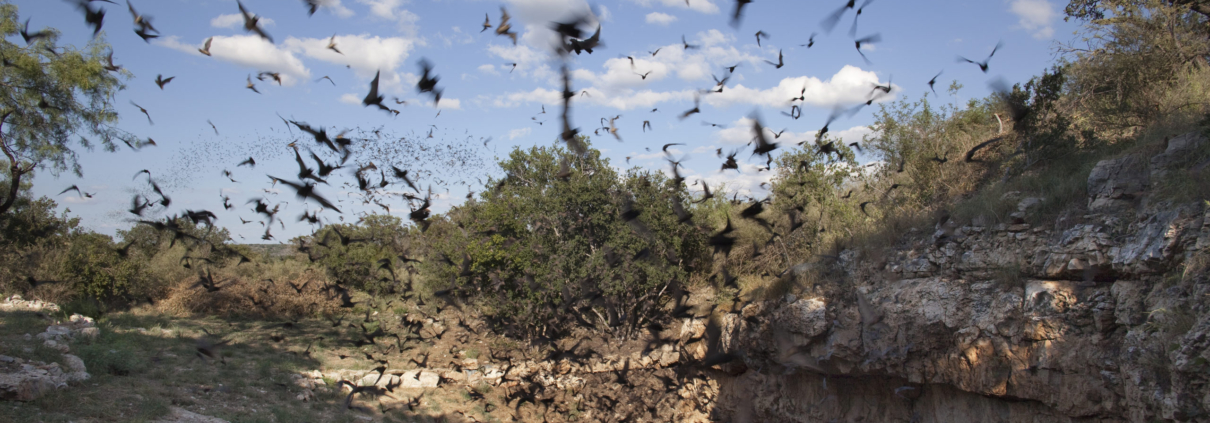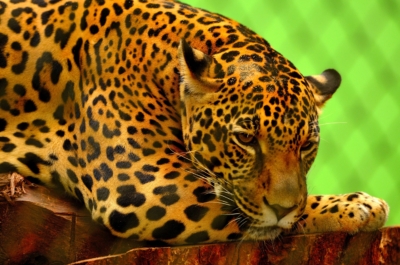4 Ways that Noise Pollution Can Impact Wildlife (and 4 Ways to Help)
If you’ve ever tried to get work done to the soundtrack of a lawnmower or rattling air vent, then you know that background noise can hamper everyday activities. Humans, however, aren’t the only ones impacted by noise (defined as unwanted and/or harmful sound). Since many animals rely on their sense of sound for survival, they are particularly vulnerable to the problems that noise pollution (prolonged exposure to noise) can cause. Here are four activities that can be impeded in noisy environments:
- Communication. Animals, like humans, use sound to communicate —many species have developed distinctive calls to warn others of danger, attract mates, or identify their own offspring or packs in a crowd. Recordings done by soundscape ecologists have suggested that the different species within a habitat have distinct sonic niches, sounding out their calls at different pitches or intervals than other species to ensure that they’ll be heard. Humans can disrupt this balance when they generate noise (e.g., airplane engines, construction equipment, lawnmowers), drowning out important messages.
- Mating. In many species (particularly birds and frogs), males rely on particular calls to attract mates. The most enticing calls are typically low-pitched, but some animals have been observed making their voices higher to compete with low-frequency noises like car engines. These less attractive vocalizations can lower the males’ ability to find and keep mates. Additionally, the calls resonate through a smaller range in noisy environments, creating smaller breeding pools. Scientists have raised concern about how noise pollution could therefore lower population sizes and genetic diversity.
- Navigation. Nocturnal and aquatic species have adapted to their low-light environments in different ways. Bats and dolphins can echolocate, emitting calls at a certain frequency and using the echoes to identify obstacles and prey in the area. Human-generated noises (like traffic or sonar) can disorient these animals, by either damaging their hearing or causing them to adjust the pitch of their calls in ways that don’t provide as useful of echoes.
- Foraging. Animals like owls and cats have evolved complex ears to help them hear prey, but it’s harder for them to do so in loud environments. Humans can barely perceive a one-decibel difference, but a study found that for every 1dB increase in noise, owls in the area were 8% less successful at catching prey. The psychological impacts of noise can also impact herbivory. One study found that noise drew in nectar-eating hummingbirds (increasing pollination) but deterred several seed-eating birds (decreasing the spread of seeds), indicating that noise may have the potential to alter a habitat’s plant community.
Anthropogenic noise can be hard to quantify and control — even minimizing noise in national parks takes concerted effort. The good news is that noise pollution doesn’t build up the way that garbage or air particulates do, so many solutions are based in quick behavior changes, rather than lengthy clean-up processes. If you want to address noise pollution in the design of your conservation program (or even at home), consider the following:
- Whenever possible, use quieter, non-mechanical tools to perform maintenance tasks, and travel by foot to perform the activities. If mechanical equipment must be used, familiarize yourself with the behavior and lifecycles of on-site wildlife, so that you can avoid noisy maintenance during peak foraging or breeding times. If purchasing new mechanical tools, look for quieter models – they’re typically more energy efficient, too!
- Acoustic monitoring has become a popular way of identifying animals with distinctive calls, like birds, frogs and bats, without disturbing them. If your team uses this monitoring technique, hold onto the recordings. Listen out for any human noises that overtake the soundscape, so that you can consider ways to reduce them, and compare the recordings over time to identify any changes in the presence, pitch or patterns of animal calls.
- Properly sited vegetation can help with noise control. The best sound buffers consist of dense, native vegetation that extends down to the ground. A combination of evergreen trees and shrubs can provide year-round soundproofing. For maximum impact, the vegetation should be planted close to the noise source (such as a roadway or equipment room), rather than near the natural area you want to protect.
- While your team may be eager to fill your educational events with lively lectures and discussion, consider building in some quiet time, for instance a soundwalk or other active listening activity. This lessens disruption to wildlife, and your attendees will gain an appreciation for the sounds of nature.
These considerations can easily be worked into existing projects and offer benefits for both wildlife and employees. If you would like to learn more, the National Park Service website has additional resources on noise pollution and efforts to curb it.


